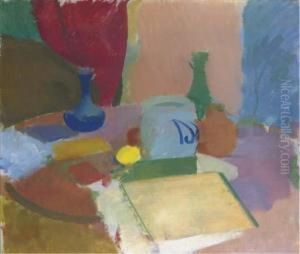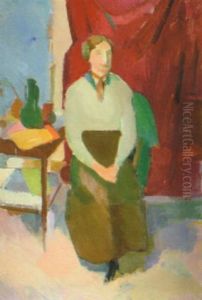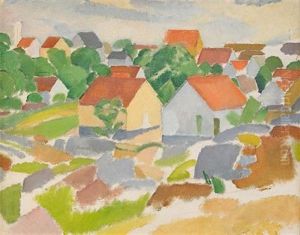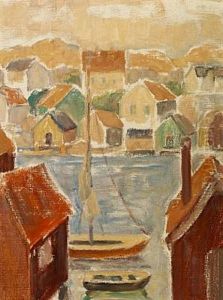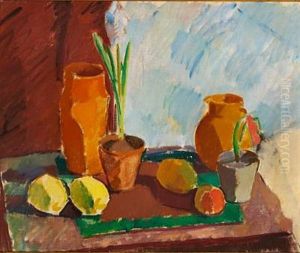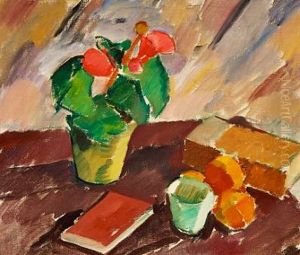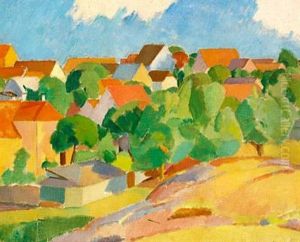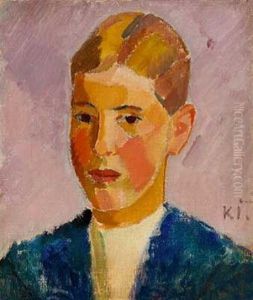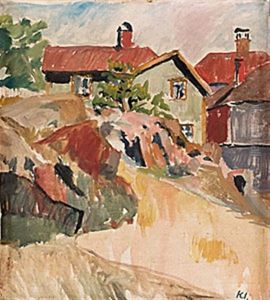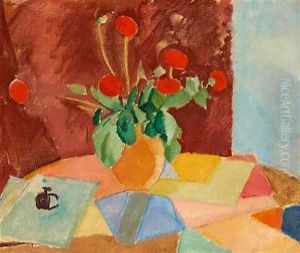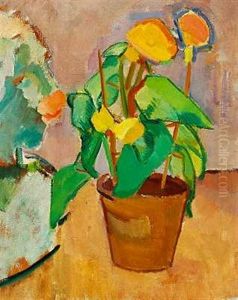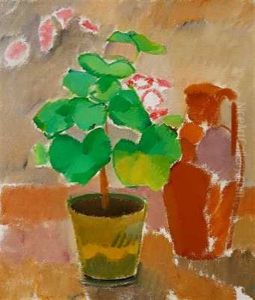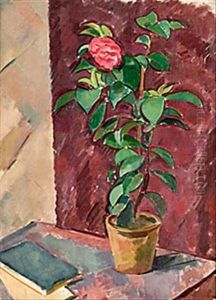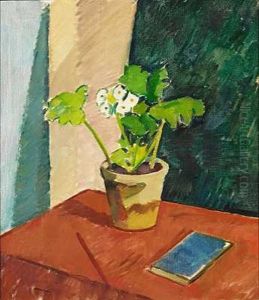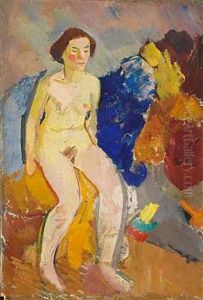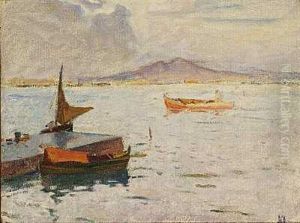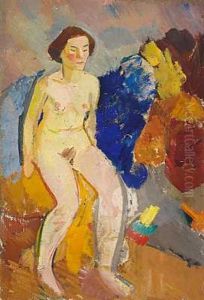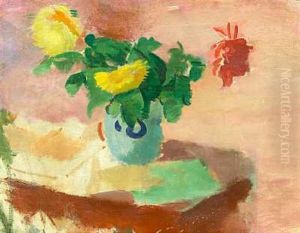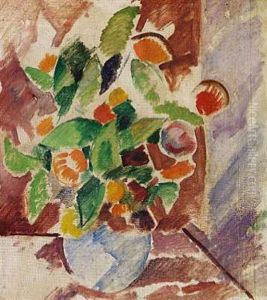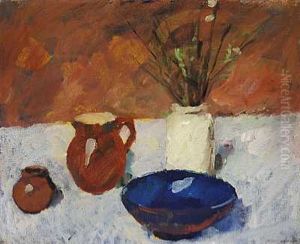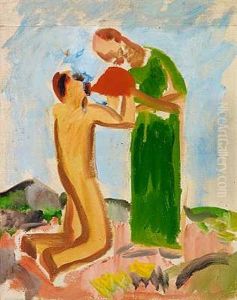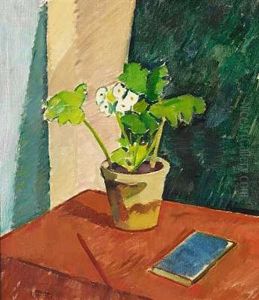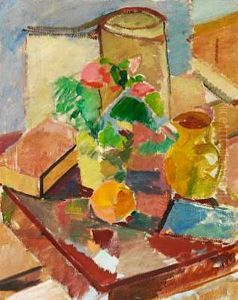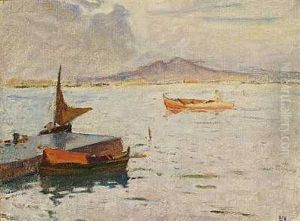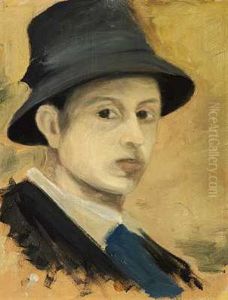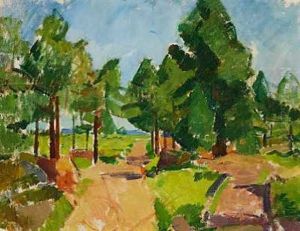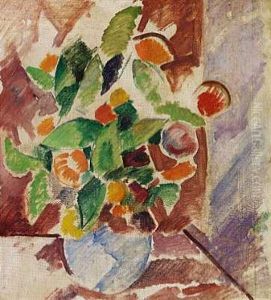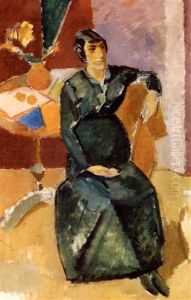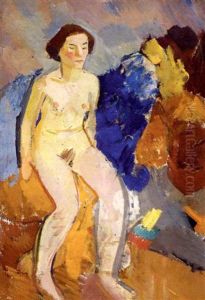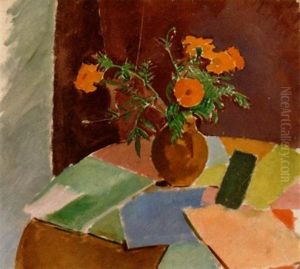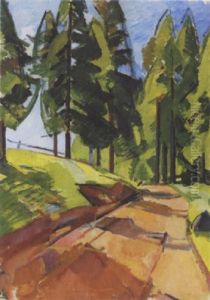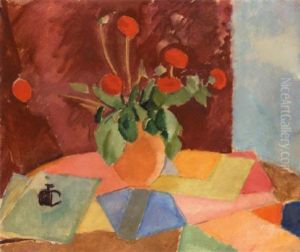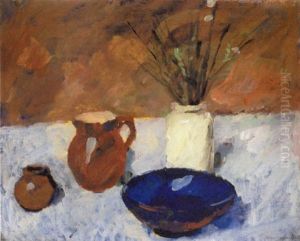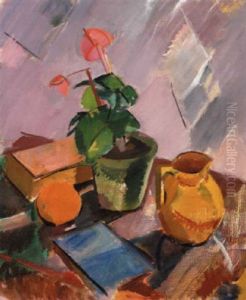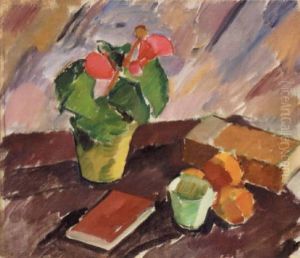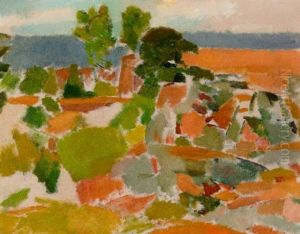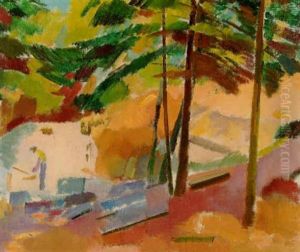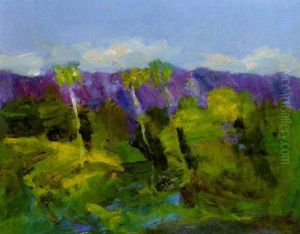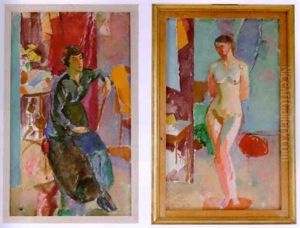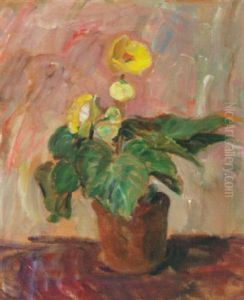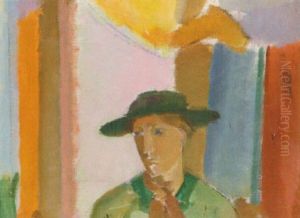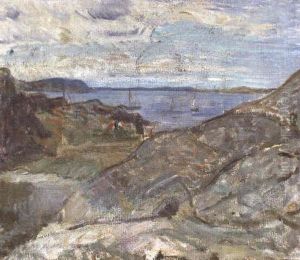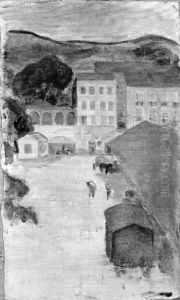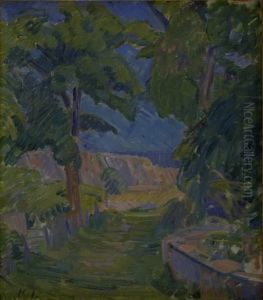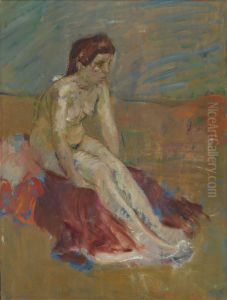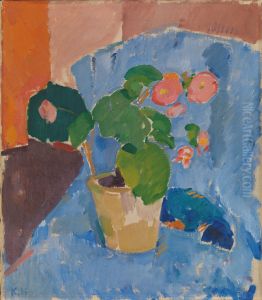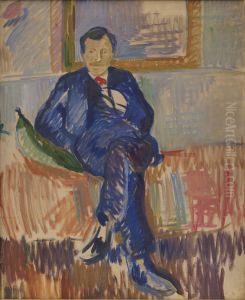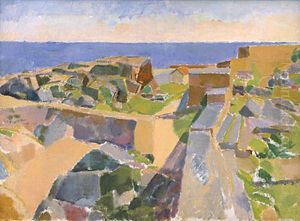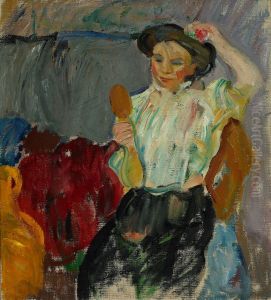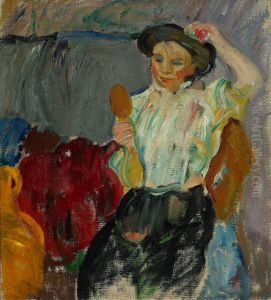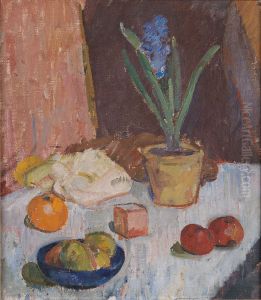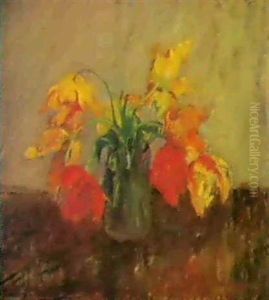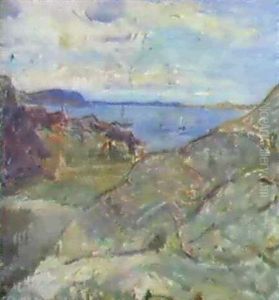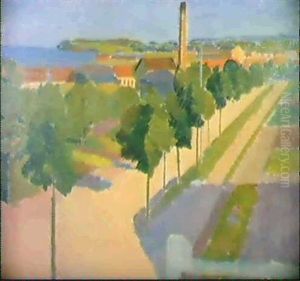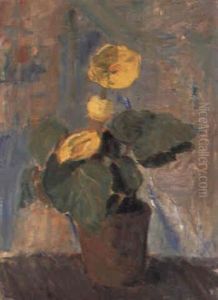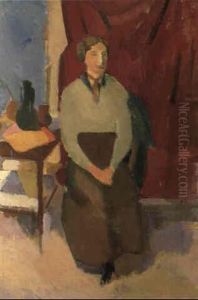Karl Isakson Paintings
Karl Isakson was a Swedish painter, recognized for his significant contributions to Scandinavian art in the early 20th century. Born on May 28, 1878, in Stockholm, Sweden, Isakson demonstrated artistic talent from a young age. Despite his relatively short life, his work left a lasting impact on the art world.
Isakson's artistic journey began at the Royal Swedish Academy of Fine Arts in Stockholm, where he studied from 1895 to 1902. During his time at the academy, he was influenced by a variety of art movements, but he was particularly drawn to the work of the French Impressionists, which would later inform his own stylistic development.
Following his education, Isakson traveled extensively throughout Europe, visiting countries like Germany, France, and Italy. These travels allowed him to immerse himself in the European art scene, absorb various artistic techniques, and refine his own approach to painting. He spent significant time in Paris, which was then the epicenter of the art world, where he was exposed to the works of contemporary artists like Paul Cézanne and Vincent van Gogh.
Known for his landscapes and portraits, Isakson's work was characterized by a subtle interplay of light and color, with a particular sensitivity to atmospheric conditions. He often employed a restrained palette, which helped to create a sense of harmony and tranquility in his paintings. His landscapes, in particular, evoked the serene beauty of the Nordic countryside, while his portraits captured the psychological depth of his subjects.
Throughout his career, Isakson struggled with health issues, which often interfered with his ability to work. Despite this, he continued to paint and exhibit his work in various venues across Europe. His approach to painting and his dedication to his craft earned him a reputation as an artist's artist, respected by his peers for his integrity and commitment to the exploration of light and form.
Karl Isakson's life was tragically cut short when he died on January 19, 1922, in Copenhagen, Denmark. Although he did not receive widespread recognition during his lifetime, his work has since been celebrated for its poetic quality and its influence on later generations of Nordic artists. Isakson's dedication to capturing the essence of the natural world and the human spirit remains a testament to his enduring legacy in the realm of Scandinavian art.

